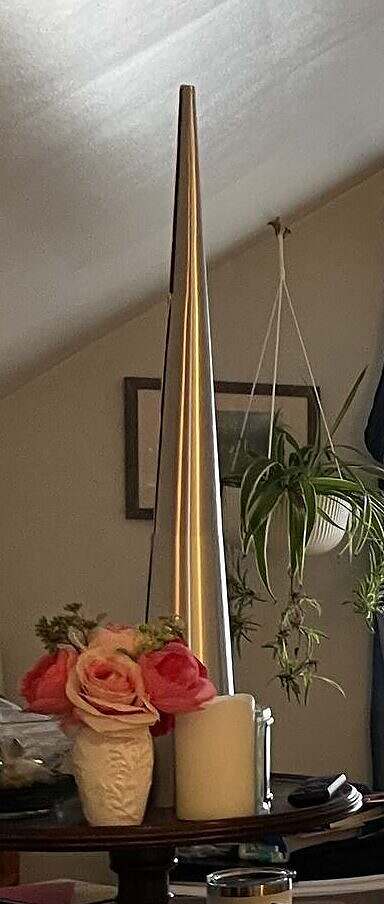
The Fascinating History of Spiritualist Trumpets
The Fascinating History of Spiritualist Trumpets
The use of trumpets in Spiritualist practices has a rich and intriguing history. These tools, designed to amplify spirit voices during séances, became a popular method of spirit communication in the late 19th and early 20th centuries. Although their origins cannot be traced to a single inventor, their development and popularization were driven by the collective efforts of early Spiritualists.
Origins and Development
The mid-19th century marked the rise of Modern Spiritualism, beginning in 1848 with the Fox Sisters in Hydesville, New York. Their demonstrations of spirit communication through raps and knocks sparked widespread interest in the afterlife. As the movement grew, so did the experimentation with various tools to facilitate communication with the spirit world. Among these tools, the trumpet emerged as a key instrument.
Trumpets used in Spiritualism were typically lightweight and conical, made of materials like aluminum. They were designed to be hollow to project the voices of spirits during séances. The idea was to amplify the subtle vibrations of spirit voices, making them audible to participants. This innovative approach quickly gained traction, and trumpet séances became a staple of Spiritualist practices.
Popularization and Key Figures
By the late 19th and early 20th centuries, trumpet séances were widespread, especially in the United States and the United Kingdom. Prominent mediums like John Edward and Ethel Post-Parrish played significant roles in popularizing the use of trumpets through their public and private demonstrations. These séances often involved the trumpet moving, levitating, or emitting sounds that resembled human voices, captivating audiences and reinforcing the belief in spirit communication.
The popularity of trumpet séances reflected the experimental and experiential nature of Spiritualist practices. Mediums and practitioners were dedicated to exploring new methods to validate their experiences and beliefs. The trumpet became a symbol of the connection between the physical and spiritual worlds, representing the medium’s role as a bridge between these realms.
Decline and Legacy
Despite their initial popularity, the use of trumpets in Spiritualism began to decline in the mid-20th century. Advances in technology, changes in mediumship practices, and increased skepticism all contributed to this shift. The development of audio recording devices provided a more reliable means of capturing spirit voices, while electronic voice phenomena (EVP) became a popular method for recording and analyzing potential spirit communications.
Furthermore, the exposure of fraudulent mediums and the rise of scientific rationalism led to a general skepticism towards physical mediumship phenomena. High-profile debunkings by investigators like Harry Houdini damaged the credibility of mediums using trumpets. As society’s interests and spiritual practices evolved, the fascination with physical manifestations of spirit communication waned.
Today, trumpet séances are less common, but their legacy lives on. A true testament to the innovative spirit of early Spiritualists. Trumpets serve as a reminder of the diverse methods to communicate and connect with the spirit world.


